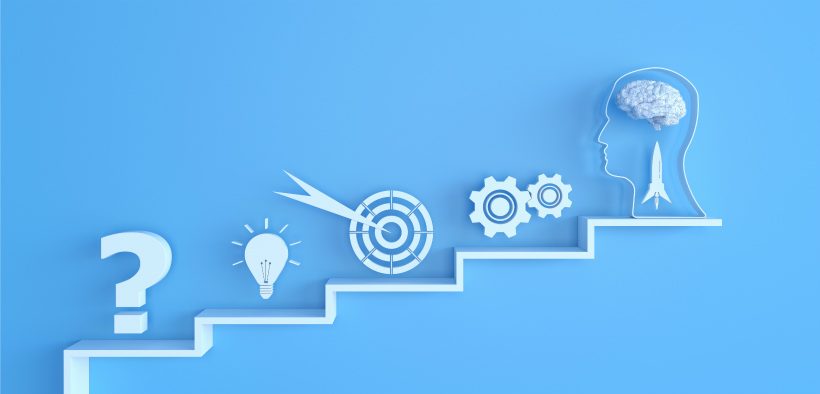A new study in Active Learning in Higher Education (see reference below) motivated me to take another look at the research on student self-assessment. It’s decidedly mixed, which isn’t unexpected given the range of self-assessment tasks used in the research, not to mention cohort and methodological differences. In this most recent work students assessed an oral presentation they’d given using a rubric. Their peers and the teacher also evaluated it. These latter assessments tended to agree with each other, while self-assessments were higher than those of peers and the teacher. Male students rated their performances higher than female students did. Students with high teacher and peer evaluations made more accurate self-assessments than those who received low teacher and peer scores did.
Related Articles
I have two loves: teaching and learning. Although I love them for different reasons, I’ve been passionate about...
Active learning is a mostly meaningless educational buzzword. It’s a feel-good, intuitively popular term that indicates concern for...
Perhaps the earliest introduction a student has with a course is the syllabus as it’s generally the first...
Generative AI allows instructors to create interactive, self-directed review activities for their courses. The beauty of these activities...
I’ve often felt that a teacher’s life is suspended, Janus-like, between past experiences and future hopes; it’s only...
I teach first-year writing at a small liberal arts college, and on the first day of class, I...
Proponents of rubrics champion them as a means of ensuring consistency in grading, not only between students within...









